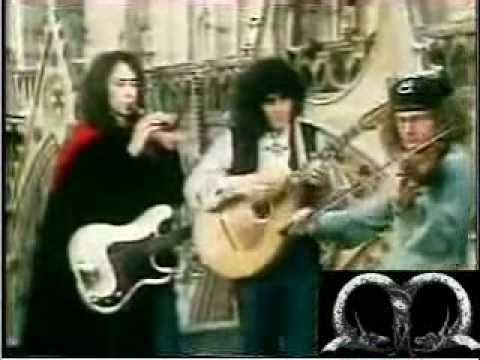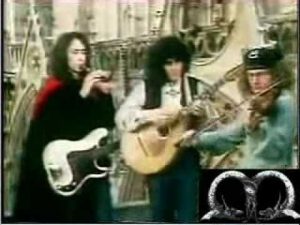Classical French folk music is conscious artistry defined. Possibly no other country’s folk music rivals the melodic perfection of the French. Many French folk songs stem from the Medieval Period and the advent of the troubadours from Spain. However, the Celts were living in early Gaul at the time. They also contributed to the music of France. The Roman Catholic Church introduced chants to Gaul, while Charlemagne’s armies added a military style to early French music. The Crusades brought Asian music to France.
A Brief History of Classical French Folk Music
Classical French folk music is joyful and poetic. Many folk songs became dances, such as the pastorelle, the serenade and the romance. The area of France surrounding Strasbourg has folk music which sounds very similar to that of its German neighbors. To the south, near Bordeaux, Toulouse and Marseilles, the folk music has a strong Spanish influence.
Children’s songs and dances are very popular in France. Once sung on the streets, the French nobility copied the dances and brought them to the French court before the French Revolution of 1789-1799. Court musicians then weaved the folk songs into operas and ballets of the 1600’s and 1700’s. The ballet is still a very important part of French culture. During the French Revolution, nationalistic songs became popular, such as the famous “La Marseillaise.” “La Marseillaise” is now the French national anthem.
French Folk Music and the Louisiana Cajuns
French folk songs are also heard often in French-speaking areas of North America. Louisiana Cajun music is very popular. One popular part of French culture is the “fais dodo,” which has a long history. It got its name from an old French lullaby. Today it is a combination block party and street dance, filled with Cajun cuisine, beer and dancing, held in many parts of Louisiana on Friday or Saturday nights. “Fais dodo” means “go night-night.” Cajun mothers put their babies to bed at night, telling them to “fais dodo.” Then the parents go outside and dance in the street while their children slumber in their beds in the house.
Zydeco has a slightly different sound than Cajun music. It is a mix of old French music combined with the country and western two-step, Caribbean and Latin folk music, blues, bluegrass and a little rock music. Zydeco almost always employs an accordian and a washboard.
Listening Selections for the Music Appreciation Student
To begin the listening experience, the music appreciation student should begin with the very simple children’s folk song, called “Au Claire de la Lune.” It is widely available, easy to learn and free sheet music is available online for the piece. Another cute French children’s song is “Savez-Vous Planter Les Choux,” which means, “Do you know how to plant cabbages?” It is similar in scope to the famous “Alouette.”
From children’s songs, listen to the richness of the harpsichord through Baroque composer Francois Couperin’s Prelude No. 5. While Georges Bizet is most famous for Carmen, he also wrote L’Arlesienne Suite, which contains old French folk tunes throughout the piece. Music appreciation students may recognize the Prelude.
To appreciate the “bayou” music of Acadiana in South Louisiana, download Charlie Daniels singing the classic country and western song, “Fais Dodo,” which is also a folk dance called a line dance. Jay Cormier and the Cajun Country Band is an authentic Cajun “house” band. To get a taste of true zydeco sound, listen to the great accordian artist, Queen Ida and the Bon Temps Zydeco Band play “Rosa Majeur.”.























